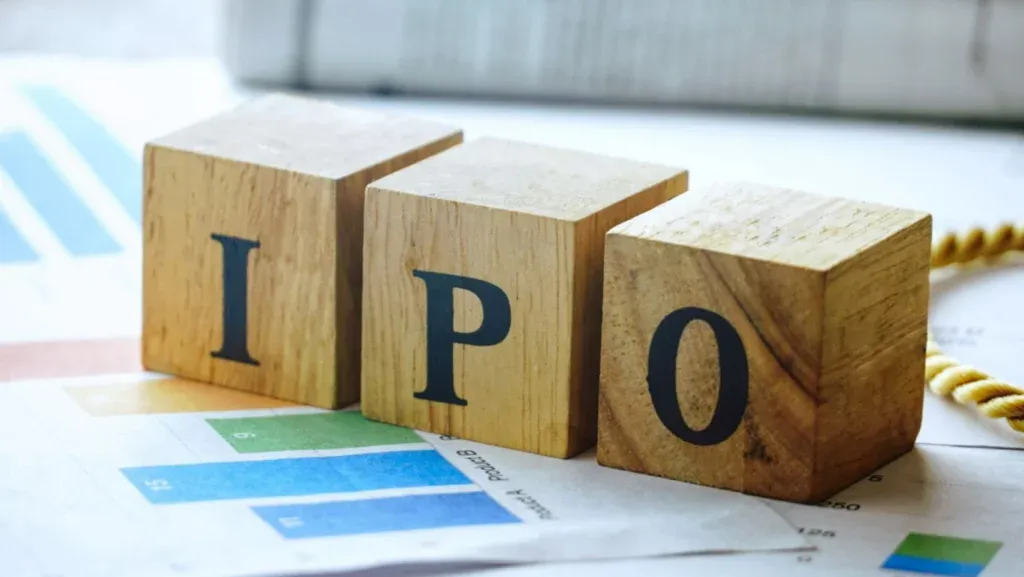How Rising Interest Rates Impact IPO Performance & Listing Gains?
Written by Dev Sethia
3 min read | Updated on November 25, 2025, 16:08 IST

Rising Interest Rates Impact IPO Performance & Listing Gains
As central banks continue to tighten monetary policy globally to fight inflation, the knock-on effects are being felt across the financial markets, most glaringly in the once-strong initial public offering (IPO) market. Historically, as interest rates increase, IPO performance declines, listing gains decrease and the appetite for committing to IPOs can diminish.
The reasoning behind the changes in performance is simple, with increased interest rates, bonds become more attractive, companies see increased borrowing costs and investors tend to factor in more risk when investing in newly listed public companies.
Why Rising Interest Rates Impact IPO Performance
Shift Toward Fixed-Income Instruments
Rising interest rates have one of the most immediate consequences of a change in preferences. As central banks raise interest rates, the yield on government and corporate bonds rises, providing for safer and far more certain returns.
Compared to the risk inherent in the equity markets, and especially new issues, fixed income suddenly appears more attractive. This shift is consequently pulling a lot of capital from equities, especially from riskier areas such as IPOs.
Lower Participation in IPOs
As capital shifts toward bonds and other income-generating products, it will reduce the demand for IPOs. As a result, retailers and institutional investors alike may be more selective when considering whether to deploy funds for new public offerings in tightening cycles, or simply withdraw their participation altogether.
Reduced Listing Gains
Falling demand and a more conservative sentiment lead to softer listing gains. An investor is hoping for a short-term price bump when the company begins trading. The high listing gains an investor sees in bullish, low-rate environments made it more rare for new listings to head flat or open below their issue price.
Higher rates alter the fundamental valuation and pricing models investors use and a company must offer more reasonable pricing to attract buyers. Less investor pricing means there is less opportunity for rapid price appreciation once the company begins trading.
What Problems Do Companies Face Due to High Interest Rates?
Borrowing Becomes More Expensive
For companies looking to go public, increasing interest rates create operational pressures as well. Rising borrowing costs elevate the cost of financing day-to-day operations or pursuing growth initiatives.
High interest rates pressure complicates profitability, an important measure for initial public offering investors to assess the long-term viability of a business. Companies that are higher leveraged or need a higher working capital will feel this pressure more notably.
Profitability and Valuation Decline
Increasing borrowing costs and declining profitability result in declining company valuations. The higher the interest rate, the more future earnings will be discounted, resulting in a reduction in the present value of those future earnings.
This leads to downward pressure on valuation multiples and prompts companies to readjust pricing expectations in the IPO process. For many companies, especially those in fast-growing industries with high expected future cash flow, increasingly reduced valuations can be significant.
Delayed Public Offerings
Firms are increasingly postponing initial public offerings (IPOs) when interest rates are increasing indefinitely. Firms longing for conditions to return to their favorable position would rather wait for monetary policy to ease or stabilise.
How High Interest Rates Can Affect IPO Listings?
Higher-rate cycles typically exhibit lower demand, moderate listing gains and less aggressive valuations. Since smaller companies often rely more heavily on debt financing and therefore attract more scrutiny from investors when profitability is under pressure, lower interest rates have even more pronounced effects on them.
Conversely, low-interest-rate cycles will often spur IPO booms, as investors seek out equities for a higher yield in the face of a reduced yield on bonds. The resulting demand for equities generally leads to increased valuations of the issuing firms.
Given that interest rates are expected to remain high for the near term, analysts believe that IPO markets will be under pressure. Until debt financing falls and equity markets regain investor confidence, companies sizing up IPOs will likely have to temper expectations by lowering valuations, scaling down offers, or waiting for a better time to raise capital.
About Author
Dev Sethia
Sub-Editor
a journalism post-graduate from ACJ-Bloomberg with over three years of experience covering financial and business stories. At Upstox, he writes on capital markets and personal finance, with a keen focus on the stock market, companies, and multimedia reporting. When he’s not writing, you’ll find him on the cricket pitch
Read more from Upstox
Upstox is a leading Indian financial services company that offers online trading and investment services in stocks, commodities, currencies, mutual funds, and more. Founded in 2009 and headquartered in Mumbai, Upstox is backed by prominent investors including Ratan Tata, Tiger Global, and Kalaari Capital. It operates under RKSV Securities and is registered with SEBI, NSE, BSE, and other regulatory bodies, ensuring secure and compliant trading experiences.